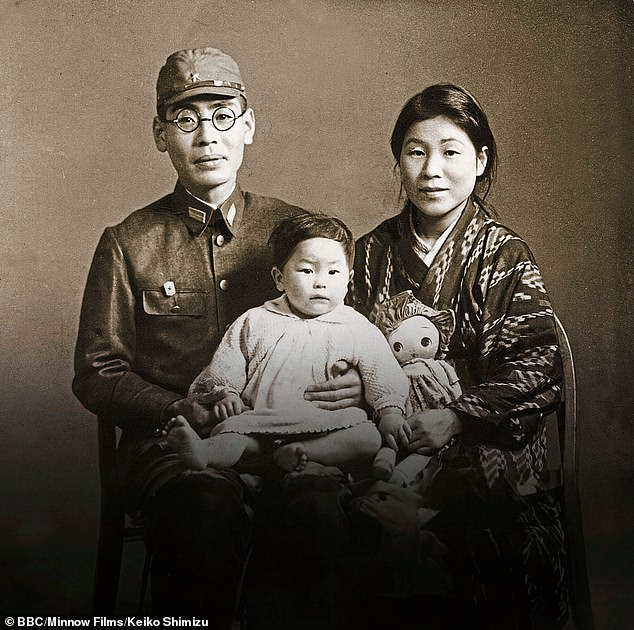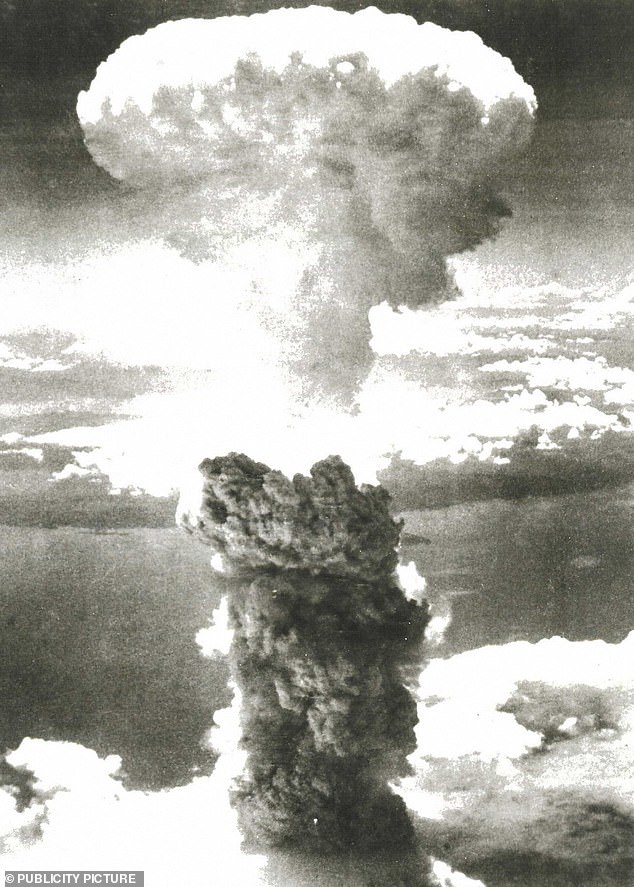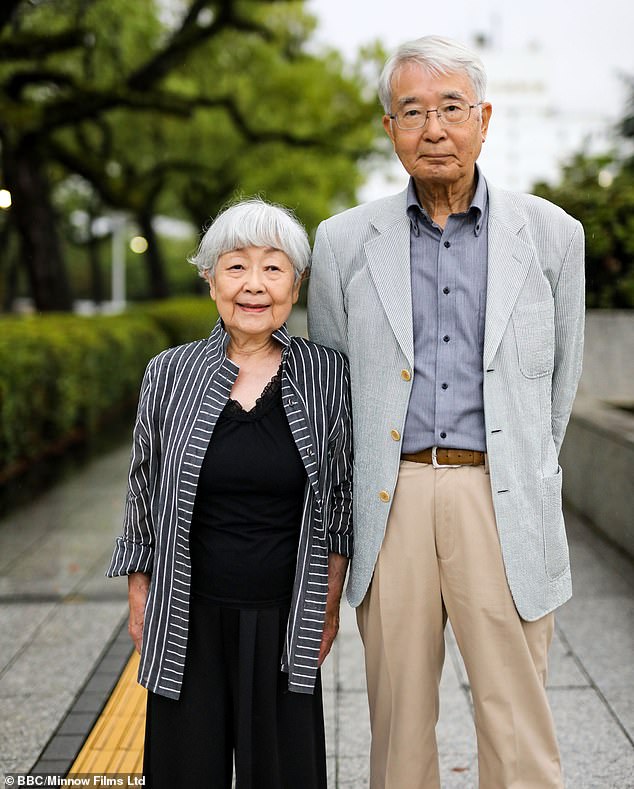Atomic People (BBC2)
It is curious to remember, at a time when the few remaining veterans of Dunkirk and D-Day are rightly celebrated as national heroes, that this was not always the case.
Half a century ago, war stories were generally regarded as a sign of boredom. Middle-aged ex-servicemen saved their recollections for regimental reunions or nights at the British Legion club, and many of the old soldiers who had fought on the Somme and at Ypres took their memories to the grave, untold.
It took decades for the country to come to terms with what these men had suffered, and this was not a uniquely British attitude, as demonstrated by Atomic People, a collection of interviews with Japanese survivors of the only nuclear weapons ever used in wartime.
The hibakusha, those who lived through the devastation of Hiroshima and Nagasaki in August 1945, were viewed with shame and embarrassment by their compatriots for many years. Now in their 80s and 90s, their sense of relief at being able to speak openly was palpable.
And what stories they told, although many of the details were almost unbearably distressing. The photographs of countless corpses after the atomic bombs were truly horrifying.
Atomic People features the voices of some of the only people left on Earth who survived a nuclear bomb (pictured: Hiroshi Shimizu and Keiko Shimizu)

Keiko Shimizu (featured in the documentary) as a baby with her family

On August 6 and 9, 1945, the United States detonated two atomic bombs over the Japanese cities of Hiroshima and Nagasaki.
This 90-minute documentary starts off gently, with a man reminiscing about the American hits he heard as a child. His favourite was You Are My Sunshine, and he yodeled Tarzan quite well too.
His name was Seiichiro, and he said that as a child he loved John Wayne but hated Americans. Seven of his relatives were among the 210,000 people killed in the attacks – and each of the dead had his own story, he reminded us.
The older survivors recalled an idyllic childhood before the war, although memories of the war itself were more vivid. At school, they had to bow to high-ranking soldiers and practiced with bamboo spears. Their English textbooks were burned.
Although American planes dropped leaflets urging the people of Hiroshima to flee for their lives, the warnings were torn down and dismissed as mere propaganda by their masters.
When the bomb exploded, one man said, “it looked like the sun had fallen.” Another said the sky was “raining fire.” Many of the victims were left with nothing but burn marks on the ground. A man named Hideo, who was just a baby at the time and somehow shielded from the blast by furniture, was stunned to discover newsreel footage of himself 50 years later. His head was bandaged and he was being carried through the ruins by his older brother.
After Japan’s surrender, talking about the bombings (and criticizing the Americans) was forbidden. Teachers told children that the defeat was their fault: they had not worked hard enough in school to deserve victory.
Even knowing that some of the hibakusha went on to live full lives, all this did not make it any easier to see. But this is our last chance to hear these stories and we must force ourselves to listen.


